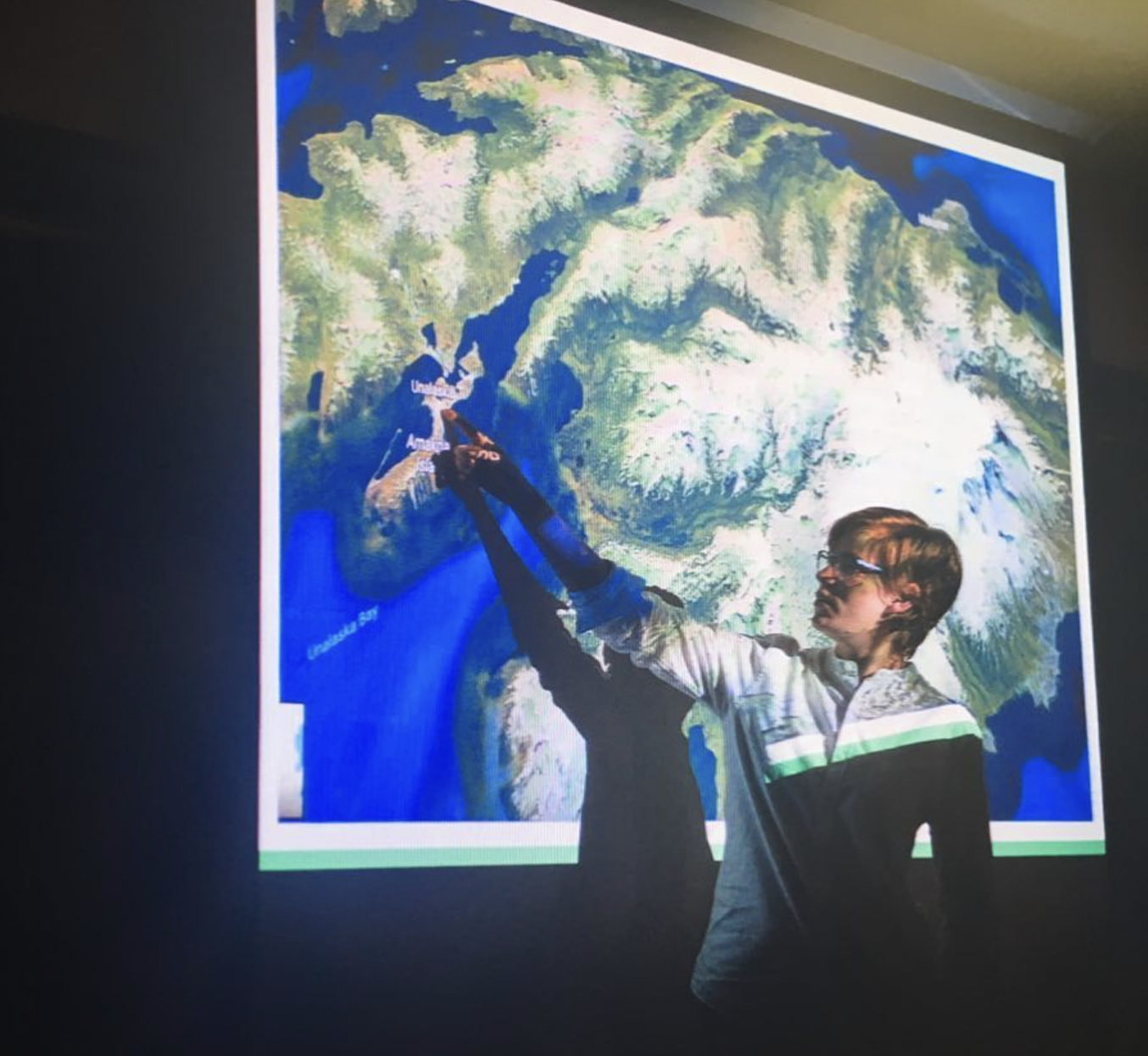Teaching


Classes taught:
- Physical Geology 2001 (Temple University)
- Evolution of Life on Earth (Temple University)
- Geology of the National Parks (Temple University)
- Advanced Study in Environmental Science (highschool course)
- Visual Art Foundations (highschool course)
- Aesthetics of Sustainability (highschool course)
- Music Videos and the Consumable Screen (highschool course)
Teaching Philosophy (produced for teaching portfolio application)
I like to think about this one particular chapter from Annie Dillard’s Pilgrim at Tinker Creek. In “Seeing,” Dillard relays the experience of post-operative cataract patients who, newly sighted, can describe the process of learning to see. Fresh vision is “unencumbered by meaning.” In contrast, Dillard -- like most of us -- sees what she expects to see, lamenting that she “used to be able to see flying insects in the air. [She’d] look ahead and see, not the row of hemlocks across the road, but the air in front of it.” Expectation eclipses our capacity for discovery. We too often skip ahead to the familiar and affirming or to what we think is important or think we know. Lost in this mental shortcut are the flying insects -- the dynamic specks, depths, textures, shades, shadows, and surprises of the open air. In Seeing, a splayed hand is described as “something bright, then holes“. The negative space is worth as much as the filled.
Attention without presupposition helped me become a better artist and scientist, but it has made my whole life richer. As a science teacher, I bring immersive qualitative observation to quantitative study. For instance, one can tell if glacial lake sediments, called varves, were deposited in the winter or the summer 11,000 years ago based on the mouthfeel of the grains. A spoonful of cakey winter clay will not crunch in your back teeth and gums, but coarse summer grains subtly will. Students in my classroom would learn why, but be able to taste, touch, feel, and connect to this deep time. My teaching methods don’t always center on asking students to taste their homework, but -- across disciplines -- I want to foreground the practice of receptivity in their lives as apprentice world-observers, world-inhabitors, world-imaginers.
This approach can also be a powerful tool in creating space around expectations, preconceptions, and biases that can hinder curiosity and learning in classrooms, often inequitably. In both science and visual art, there is an overdetermined conception of what a “good student” looks, speaks, and acts like. I try to work towards creating settings devoted to creativity, collaboration, and accessibility, each of which informs my political and pedagogical commitments.
I want to meet each student where they are, in turns posing positive reinforcement and appropriate challenge to visual, verbal, and hands-on learners, to introverts and extroverts, to those who understand in rapid bursts, and to those who require practice, trial, error, and revision to build slowly and steadily to insight. I want to help students find the being taking wing beyond any of that -- in themselves and in one another.
